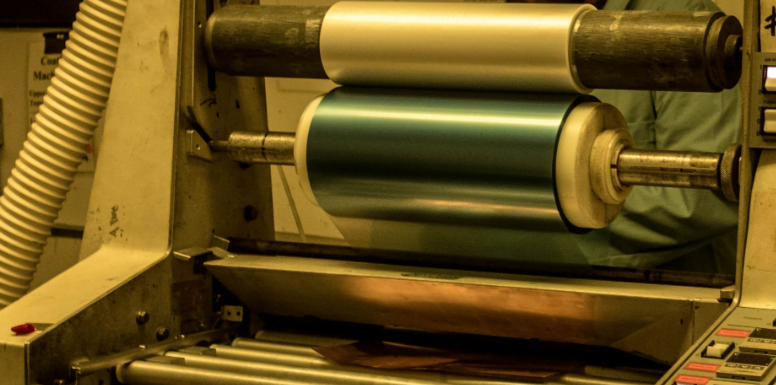The semiconductor industry is a complex web of processes, each playing a vital role in shaping the technology we use every day. Among these processes, etching stands out as a crucial step in defining and patterning various semiconductor components. In this article, we will unravel the intricacies of two primary etching methods – wet etching and dry etching – exploring how they work, their advantages, disadvantages, and specific applications. By the end of this read, you’ll possess a comprehensive understanding of these techniques and their pivotal role in semiconductor manufacturing.
Wet Etching: A Chemical Approach
Wet etching, also known as chemical etching, is a chemical process used extensively in semiconductor manufacturing. This method involves immersing a semiconductor wafer into a chemical solution to selectively remove specific layers or materials. Let’s dissect the fundamental aspects of wet etching:
How Wet Etching Works:
Wet etching relies on chemical reactions to remove unwanted materials from the semiconductor surface. A common technique within this category is chemical wet etching, where the composition of the chemical solution is carefully tailored to dissolve the target material while leaving the rest of the wafer untouched. For a more in-depth understanding, refer to this article on Chemical Etching.
Anisotropic vs. Isotropic Wet Etching:
Within wet etching, there are two fundamental categories – anisotropic and isotropic wet etching. Anisotropic etching removes material preferentially in one direction, resulting in sharply defined features, while isotropic etching removes material uniformly in all directions, yielding rounded features. For a visual representation, watch this informative video on Anisotropic and Isotropic Etching.
Advantages and Disadvantages of Wet Etching:
Wet etching offers precise control over etch depth and selectivity, making it suitable for intricate semiconductor structures. However, it has its drawbacks, such as limited control over lateral etching and the need for specialized chemical solutions.
Dry Etching: The Physical Approach
Dry etching, in contrast to wet etching, is a physical process that employs plasma or reactive gases to remove material from the wafer surface. Here’s a deeper dive into dry etching:
How Dry Etching Works:
Dry etching utilizes various techniques, such as reactive-ion etching (RIE) and inductively coupled plasma (ICP) etching, where a combination of gases and high-energy ions selectively etches the semiconductor material. For a detailed exploration of these techniques, refer to this scholarly article on RIE and ICP Etching.
Advantages and Disadvantages of Dry Etching:
Dry etching allows for precise control over etch profiles and high aspect ratios, minimizing lateral etching. However, it can be more expensive due to the equipment required and can pose challenges related to uniformity.
Applications of Wet Etching and Dry Etching
Semiconductor manufacturers often choose between wet etching and dry etching based on the specific requirements of their processes. Here are some key applications for each:
- Wet Etching: Commonly used in MEMS (Micro-Electro-Mechanical Systems) fabrication, wet etching is ideal for applications where precise control over feature shapes is crucial.
- Dry Etching: It finds its place in fabricating integrated circuits, microprocessors, and memory devices, where high aspect ratios and fine features are necessary.
Understanding the principles of wet etching and dry etching is essential in the semiconductor industry, as it influences the success and precision of fabrication processes. Each method has its unique strengths and weaknesses, and the choice between them depends on the specific needs of the semiconductor device being manufactured.
As semiconductor technology continues to advance, these etching techniques will evolve, offering even greater precision and control. To gain a glimpse into the future of semiconductor etching, watch this informative video on The Future of Semiconductor Etching.
By exploring wet etching and dry etching in detail, you’re now better equipped to navigate the intricacies of semiconductor fabrication. Whether you’re a professional in the field or simply intrigued by the world of microelectronics, this knowledge empowers you to appreciate the marvels of modern technology.

